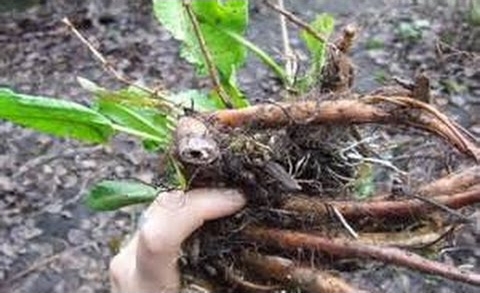[1] British Herbal Pharmacopoeia 1983 Published by the British Herbal Medicine
Association ISBN 0 903032 07 4.
[2] Herbal Materia Medica Course Notes For Diploma of Naturopathy and Diploma
of Herbalism Students by Lydia Mottram.
[3] The Pharmaceutical Plant Company Pty Ltd
ppcherbs.com.au
[4]
Potter's New Cyclopaedia of Botanical Drugs and Preparations
R.C. Wren Revised by Elizabeth M. Williamson and Fred J Evans. First published
in Great Britain in 1988 and reprinted in 1989 and 1994 by the C. W. Daniel
Company Limited. 1 Church Path, Saffron Walden Essex. Published 1988 Printed
and bound by Biddles, Guildford ISBN 085207 1973.
Images
1.
swbiodiversity.org
2.
innerpath.com.au Public domain
3.
youtube.com
4.
amazon.com Anthraquinone glycosides, about 3-4%, inlcuding
nepodin, based on chrysophanol, physicion and emodin.[3,4]
Glycosides- rumicin,[5] chrysarobin,
hydroxanthraquinone based on chrysophanol and emodin.[1]
Oxalates 2-4%.[2,5] Tannins.[1,2,5]
References
[1] British Herbal Pharmacopoeia 1983
Published by the British Herbal Medicine Association ISBN 0 903032 07 4.
[2] Herbal Materia Medica Course Notes For Diploma of Naturopathy and Diploma
of Herbalism Students by Lydia Mottram.
[3] Midiwo, J.O. and Runkunga, G.M. (1985) Phytochem. 24 (6), 1390
[4] Fairbairn, J.W. and El Muhtadi, F.J. (1972) Phytochem. 11, 263
[5] An Atlas of Medicinal Plants of Middle America, J.F. Morton. Pub. Charles
C. Thomas (1981) USA
 Rumex
crispus. Yellow
dock, Curled dock
Family: Polygonaceae
Rumex
crispus. Yellow
dock, Curled dock
Family: Polygonaceae


 Research
Research